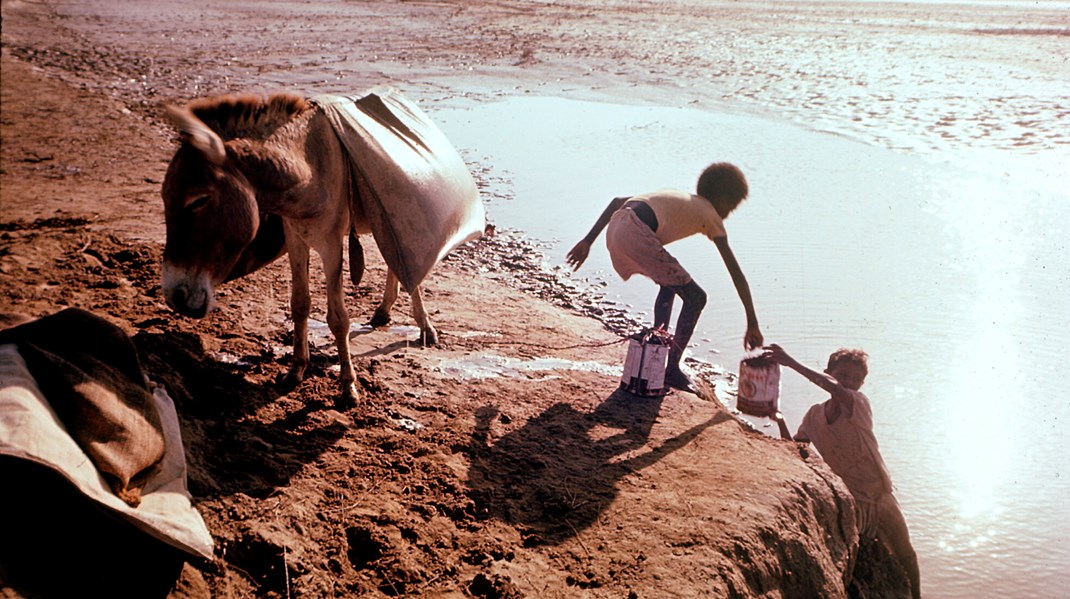Outspoken but unheard - How diasporas in Europe shape migration along the Central Mediterranean Sea route
The relation between refugees and migrants in mixed migration flows along the Central Mediterranean Sea route (CMR) and the diaspora in Europe remains poorly understood. While some research suggests that diasporas in Europe act as a ‘pull factor’ for migration to Europe, diaspora members are also frequently hailed as potential key interlocutors in the provision of information and other types of support to refugees and migrants in countries and en route.
The “Outspoken but Unheard: Diasporas in Europe” report conducted by REACH in collaboration with the Mixed Migration Centre (MMC), explores the relationship between diaspora members in Italy and refugees and migrations along the CMR, in countries of origin, en route, and at destination. The assessment studied three case studies on refugees and migrants from Mali, Eritrea, and Bangladesh. Based on a total of 75 interviews with 30 refugees and migrants and 45 diaspora members, guided by 7 key informant interviews in Italy, the study sought to qualitatively tackle the following three questions:
- The diaspora’s direct and indirect role in shaping migration decision making in countries of origin;
- The diaspora’s role in providing support to refugees and migrants en route;
- Its role in providing support upon arrival.
In so doing, the study compared findings based on the nationality of respondents to find patterns that are proper or not to particular diasporas.
Key findings can be summarized down below and split between pre-departure influence from the diaspora towards migration decision-making and interaction upon arrival.
PRE-DEPARTURE CONTACT AND INFLUENCE ON DECISION-MAKING IN THE COUNTRY OF ORIGIN
- The contact between the diaspora in Europe and aspiring people on the move is more limited than we previously thought. Recent arrivals reported limited interaction with the diaspora in Europe prior to their departure- putting into questions the assumed close links between people at origin aspiring to travel irregularly and diaspora members in Europe.
- The advice of diaspora members against irregular journeys often goes ignored. The majority of diaspora members reportedly advised against the journey. Respondents from all three nationalities felt that their counterparts did not trust their warnings.
- Diaspora’s presence in Europe acts as an indirect ‘pull factor’. Diaspora’s presence appeared to have a role in influencing their destination choice in an indirect way (through the image they inadvertently send back home), in stark contrast to the constant advice they give against irregular migration.
INTERACTION AND SUPPORT DURING THE JOURNEY AND UPON ARRIVAL
- During the journey, interaction between diaspora members and refugees and migrants along the CMR appears to be limited. The most reported information sources were not diaspora members but smugglers and other people they met during the journey.
- The majority of actions suggested by diaspora members and recently arrived refugees and migrations to make the journey safer were attempts to persuade people not to migrate irregularly at all. All but one individual interviewed reported that they would never recommend the journey to anyone.
- Upon arrival Italy, interaction between recently arrived refugees and migrants and diaspora members interviewed was reportedly limited. Among thirty recently arrived refugees and migrants interviewed, less than one third reported being in contact with diaspora members in Italy.
REACH continues to monitor mixed migration trends along the Central Mediterranean Sea route on a regular basis to contribute to a better understanding of the situation of refugees and migrants in the region.
Earlier last month, REACH already published a report on the “Realities and needs of migrants and refugees at the Tunisia-Libya border, since September 2018” and covered the new emerging route that migrants and refugees were taking to leave danger behind them in Libya- leading them to arrive in Medenine, Tunisia.
FOR MORE INFORMATION
On mixed migration trends: feel free to visit the new REACH Resource Centre.
Diana Ihring, Migration Assessment Manager, [email protected]
Emmanuel Gamard, Communications Officer, [email protected]


